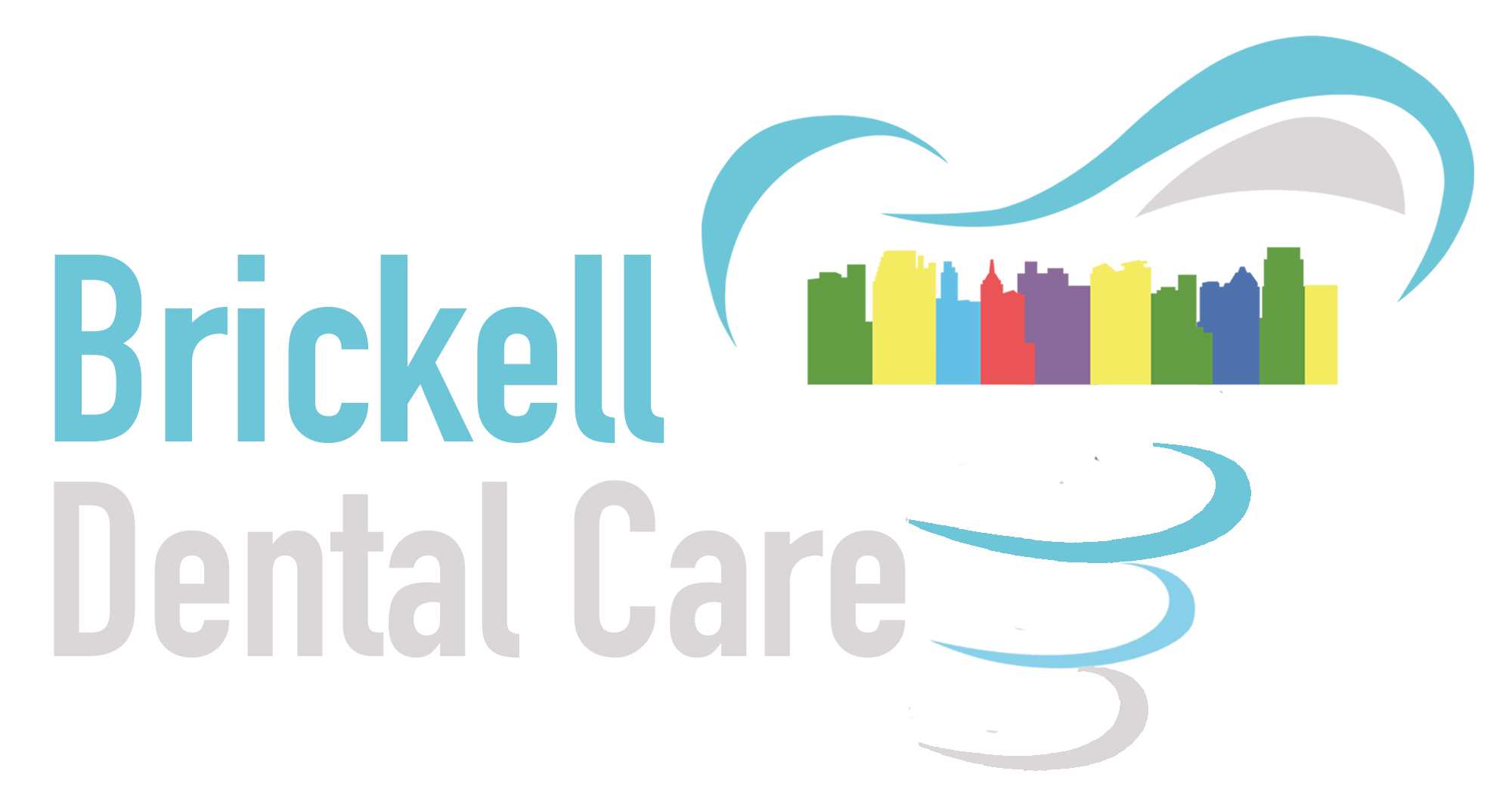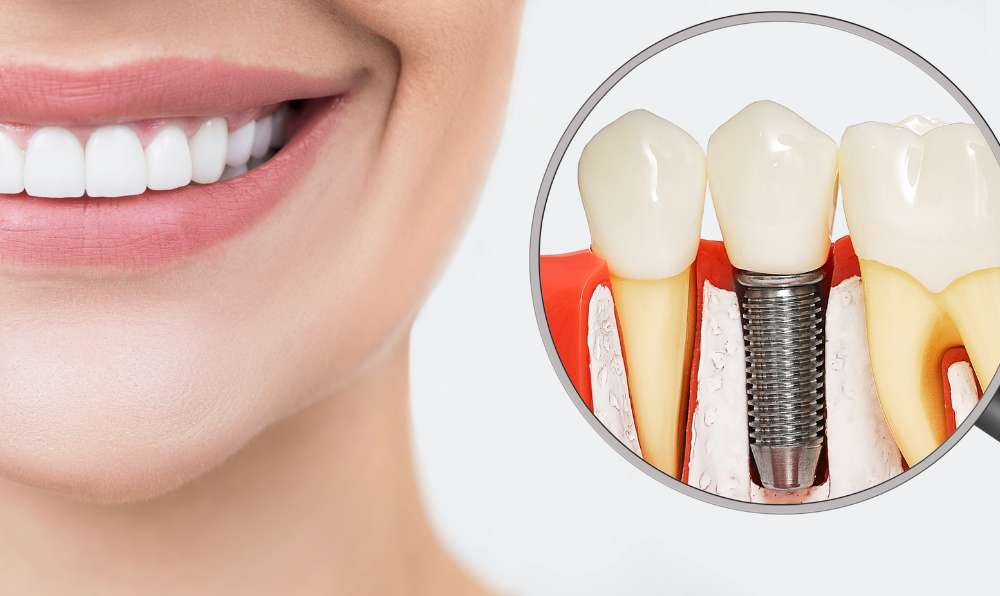Defining the Concept and Its Importance in Modern Dentistry
Dental prosthetics, an essential facet of modern dentistry, refers to the art and science of creating artificial replacements for missing teeth and surrounding oral structures. Such prosthetic devices not only restore the functional integrity of a person’s bite but also aim to enhance aesthetic appeal, thereby having a profound impact on overall quality of life. The loss of teeth can result from various factors such as decay, injury, or periodontal disease, and dental prosthetics offer a means to rehabilitate oral function and maintain facial structure.
Comprehensive Overview of Different Types of Dental Prosthetics: From Bridges and Crowns to Dentures and Implants
There exists an array of dental prosthetic options tailored to meet the diverse needs of patients. Bridges are used to span the gap created by one or more missing teeth; they are anchored onto neighboring teeth and consist of pontics (false teeth) that fill the void. Crowns serve a different purpose: they act as caps that are placed over damaged or decayed teeth, restoring their shape, size, strength, and appearance.
Dentures are removable prosthetics designed to replace missing teeth comprehensively. They come in two primary forms: complete dentures for when all teeth are absent, and partial dentures when some natural teeth remain. Implants represent a more recent advancement in dental technology – these titanium posts are surgically placed into the jawbone where they fuse over time (osseointegrate) and serve as sturdy anchors for replacement teeth.
Preparation for Dental Prosthetic Procedures: Patient Evaluation, Custom Design, and Material Selection
Preparatory steps for dental prostheses involve meticulous planning to ensure optimal outcomes. A thorough patient evaluation is critical – this includes medical history review, oral examination, and imaging studies such as X-rays or CT scans. Based on this assessment, dentists create custom designs using impressions or digital scans of the patient’s mouth.
Material selection is another crucial aspect; it involves choosing suitable substances that promise durability and aesthetic compatibility with natural teeth. Options range from porcelain and ceramics to various metals and metal alloys, each offering distinct advantages depending on the specific case.
The Stages of Dental Prosthetic Treatment: Planning, Tooth Preparation, Fitting, Adjustment, and Aftercare
The journey towards receiving a dental prosthetic involves several key stages:
- Planning: This stage sets the roadmap for subsequent treatment procedures based on detailed assessments.
- Tooth Preparation: For bridges or crowns, this entails reshaping adjacent teeth so they can effectively support the prosthesis.
- Fitting: Temporary prosthetics might be provided while permanent ones are being fabricated in a laboratory.
- Adjustment: Once crafted, the prosthesis is tried in place; adjustments are made as needed to ensure comfort and proper fit.
- Aftercare: Post-procedure care instructions are vital for maintaining oral health and prolonging prosthesis longevity.
Each stage is carried out with precision care under sterile conditions by skilled professionals committed to delivering excellence.
Future Trends in Dental Prosthetics: Technological Advancements and the Role of Digital Dentistry
The horizon for dental prosthetics is ever-expanding with technological advancements continuously reshaping treatment paradigms. Digital dentistry plays an increasingly prominent role with innovations like 3D printing creating more accurate and custom-fit prostheses faster than traditional methods.
Computer-aided design (CAD) and computer-aided manufacturing (CAM), along with intraoral scanning technologies, streamline prosthesis creation processes facilitating better patient experiences. Biocompatible materials that promote osseointegration for implants are becoming more sophisticated leading to improved outcomes.
In conclusion, dental prosthetics present not only a restoration of function but also provide an opportunity for individuals to regain confidence in their smiles—each procedure meticulously planned from preparation through aftercare ensuring patient satisfaction. As we look ahead, digital technologies usher us into an exciting era where personalized care meets cutting-edge innovation—heralding a future where everyone can access world-class dental restorative solutions.

